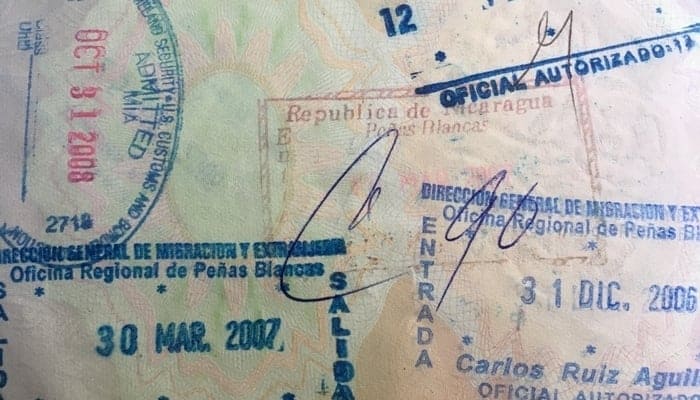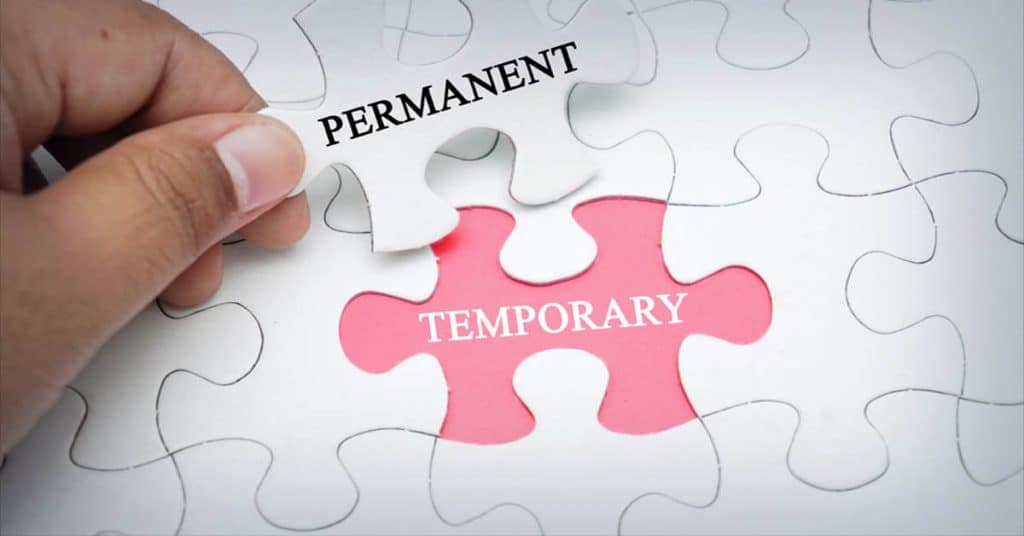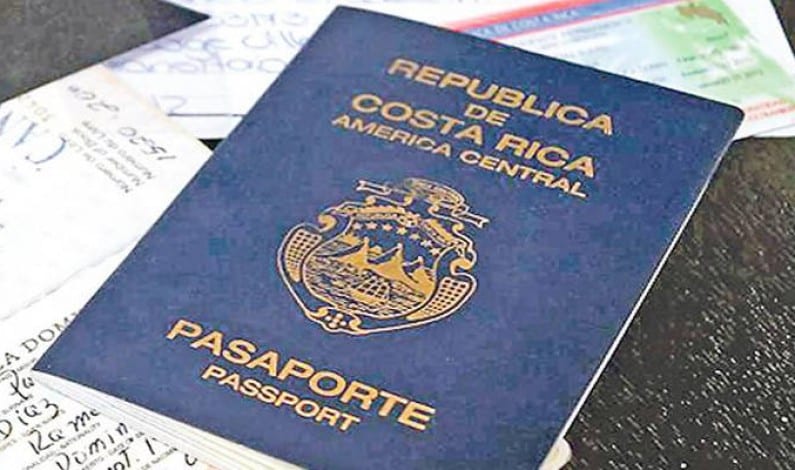2023 *Updated Costa Rican Residency Process: Benefits and Challenges
Have you considered becoming a resident of this beautiful tropical paradise? Sounds appealing, right? If so, there are several options and bureaucratic processes to navigate.
All should be easy enough; Costa Rica has such a strong ex-pat community. However, if you’ve been here long enough, you likely know that most processes here require patience and persistence.


Reasons to Apply for Costa Rican Residency
Although perpetual tourism is common in Costa Rica, keeping up with the 90-day visa run can get tiring if you live hours from a Frontera. Extranjeros or Ex-pats manage to create a life in this country by constantly renewing their 90-day tourist visas. What is a fun vacation at first, can turn into a major chore. Especially true if you have a family or are trying to maintain a stable work routine.
The benefits of Costa Rican residency can be appealing for those seeking a more legitimate lifestyle that goes along with legal residency. Also, you’ll no longer be required to leave the country frequently, and may be able to seek employment with local companies (as long as you suit the bill for a permanent residency or citizenship).
You are eligible to apply for residency by way of familial ties, representing a foreign company, income status, or pensions.
Types of Costa Rican Residency
There are several ways you can become a Costa Rican resident or citizen. Aside from having a direct family relationship, all others begin with temporary residency.
Note that two different institutions handle residency and citizenship. All your residency processes will be managed by Dirección General de Migración y Extranjería (or Migración). The office of Registro Civil will handle all your citizenship needs. Check out their websites for more detailed information on specific requirements.
Temporary Residency in Costa Rica
Costa Rican temporary residency is the most common due to simplicity. Most importantly, this is open to individuals that lack familial ties. This type includes Costa Rican spouses (this recently changed), pension recipients, business investors, and certain professionals working in the country.
NOTE: Be aware that while temporary residents can own/run a business, they are required to hire local employees for labor. Some say this can last up to two years, but I was told mine would require annual renewal.
Permanent Residency in Costa Rica
The next level up is Costa Rican permanent residency. Temporary residents can apply for permanent status after three years of maintaining legal residency.
If you have a Costa Rican child, they offer an expedited pathway to obtain permanent residency. Once they’re a registered Tico/Tica, you can apply as their parent.
Obtaining this status provides you with all the rights of a citizen (except voting rights), including the ability to work legally in Costa Rica as an employee. You will need to renew this at least once after two years.
Naturalization Process
Some have the option of officially becoming a Tico/Tica. There are obvious benefits of becoming a Costa Rican citizen, especially since they recognize dual citizenship. The two relative paths to this are by way of naturalization and marriage.
Those who marry a Tico/Tica may file for citizenship after three years of marriage and two years of residence in Costa Rica.
The naturalization process is available to adults that have lived in Costa Rica for at least seven years (well, five years for those from Latin America or Spain) and have proof of residence, a clean criminal record, professional career/income, and Spanish fluency. They also must pass an exam on Costa Rican history as well as acquire signatures from two witnesses who can attest to your livelihood and values.
There is also a rare third option available for those who can prove they’ve lived in Costa Rica for at least 20 years.
With citizenship, you will be allowed to work, vote, and hold all other benefits of Costa Rican citizens. One of the main advantages of this is that it doesn’t expire. All you must do is renew your Cedula (identification card), which is a thankfully one-day process.
Although it lasts the shortest, a temporary residency in Costa Rica is the most accessible form of entry. It enables some to prepare for more permanent arrangements in the future. So, jump through extra hoops sooner to save yourself later on.
Either way, be ready to dive into what, at times, feels like a bureaucratic nightmare. As with many conventional processes in this country, take a breath, relax, and realize there is nothing that you can do to change their side.
Know they’re doing their best for how the systems have been structured. Also, be sure to ask clarifying questions, more than once.
TIP: If all this sounds a bit intimidating, remember you can also hire a lawyer or other service provider to assist. This may help you meet important deadlines, expedite the process, and avoid common mistakes.
Challenges to Anticipate and Navigate
All these processes require paperwork from your home country. So, it’s best to prepare for this when you’re planning an extended visit “back home” or before moving to Costa Rica in the first place.
Review current requirements - see the next section - and double-check to ensure you have what you need. I anticipated being a permanent resident by now. Knowing that I was to move to Costa Rica with family, I compiled what I thought to be all the necessary documentation before our departure.
Once arriving in-person at the Migracion regional office, however, I was told otherwise. Workers don’t expect many to review requirements online before visiting their offices for the first time, and therefore are unmotivated to update such sources.
Location Is Key
To obtain your Costa Rican residency, you must navigate the process through in-person visits. Hours for receiving visitors are limited - 8 am to 2 pm in our experience - and they generally operate on a first-come-first-serve basis.
The main office for Migración is in La Uruca, San Jose. This may work for some; others are likely better served by the regional offices in Puntarenas, Paso Canoas, Liberia, Limón, San Carlos. Being someone who dreads going to San Jose and long drives for mandados, It was relieving to live near the San Carlos office in Cuidad Quesada. The extra tramites that one must handle are centrally located and nearby the migration office. This saved some headaches, but not all of them, especially since my process has required multiple visits.
The Fine Print
While the benefits of Costa Rican residency are several, keep in mind that it has limitations. One crucial is the ability to drive. What residents receive is a Cedula from the process, not a driver’s license.
The residency application process can also take between six months to over a year, meaning that driving may feel like a lost privilege during that time.
To maintain a current privilege to drive, you must exit the country every 90 days to be able to use a foreign driver’s license in Costa Rica. Otherwise, you can apply for a Costa Rican driver’s license using a Cedula or current tourist visa status.
Costa Rica Residency Requirements 2020
 Residency processes in Costa Rica are like peering through the looking glass; things are not as they always seem. Often, items are reviewed without offering updates on readily available information resources, like websites. We have been told these updates are apparently too much of a hassle.
Residency processes in Costa Rica are like peering through the looking glass; things are not as they always seem. Often, items are reviewed without offering updates on readily available information resources, like websites. We have been told these updates are apparently too much of a hassle.
At the time of writing this, the basic requirements for becoming a Costa Rican resident are as follows:
- Solicitation letter briefly explaining your reason(s) for seeking residency, including personal information (name, nationality, age, occupation, address). This can be handwritten.
- Four passport photos. Note these are 2x2 inches, not the Costa Rican “passport” size (or 1.5x1.5 inches).
- Receipt proving you have deposited money in the government account at the Banco de Costa Rica. This will be $50, or $250 if applying while here on a tourist visa.
- Payment receipt of a timbre fiscal for 600 colones.
- Filled-out application form. This is available at Migración
- Proof of fingerprinting by the Ministerio de Seguridad Publica
- Proof of consular registration with your country’s embassy in Costa Rica
- Birth certificate and its apostille (or authentication)
- Federal police record and its apostille (this is key!)
- Current passport and photocopies of EVERY page. Bring your passport when visiting Migracion.
Keep in mind that if you’re missing part of these requirements, you can always open an expediente. This essentially provides you with an extended visa; however, you must carry the comprobante as proof of your open file.
Important to note is that once they process your data, a request is sent for any final documents to be presented at Migracion in a matter of days. You can request a 60-day extension at the time of your filing to afford you extra time to retrieve necessary items.
Bienvenidos a Costa Rica, and here’s to making it legal!






 Get More Out of Costa Rica
Get More Out of Costa Rica






